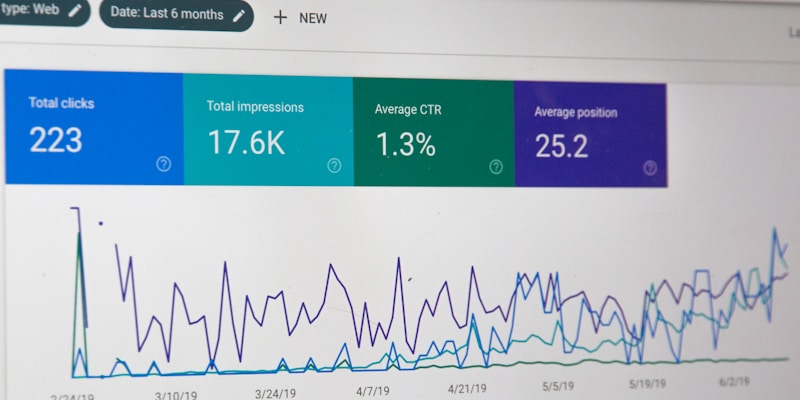
Corporate Team Bonding Games That Actually Work
Professional ice breakers that build trust and improve workplace relationships without the awkwardness.
Introduction: Building Professional Connections
Corporate team bonding doesn't have to mean awkward trust falls or forced fun. Effective workplace ice breakers strike a balance between being engaging and maintaining professional boundaries. They help colleagues connect authentically while respecting workplace dynamics.
Why Corporate Team Bonding Matters
Research consistently shows that strong workplace relationships:
- Improve collaboration and productivity
- Increase employee satisfaction and retention
- Enhance communication and reduce conflicts
- Create a more positive work culture
- Support innovation and creative problem-solving
Professional Ice Breakers for Meetings
1. Professional Introductions
Beyond name and role, ask team members to share:
- One thing they're working on that excites them
- A recent win or accomplishment
- What they're looking forward to this week/month
This keeps sharing work-focused while still being personal.
2. Skill Share
Each person shares one professional skill or interest they'd be willing to teach others. This reveals hidden talents and creates opportunities for cross-team learning.
3. Project Highlights
Quick shares about interesting projects or challenges team members are working on. This builds awareness of what others do and creates connection points.
Team Building Activities for Offsites
4. Team Values Exercise
As a group, identify and discuss core team values. What matters most to this team? How do we want to work together? This creates shared understanding and alignment.
5. Strengths Mapping
Using frameworks like CliftonStrengths or simple self-reflection, team members share their strengths and how they contribute to team success. This builds appreciation and understanding.
6. Problem-Solving Challenges
Present a work-relevant challenge and have teams collaborate to solve it. This builds collaboration skills while keeping focus on professional development.
Virtual Team Bonding Activities
7. Virtual Coffee Chats
Structured 15-minute pair conversations using breakout rooms. Provide conversation prompts that balance personal and professional topics.
8. Show Your Workspace
Quick tours of home offices or workspaces. This creates connection while respecting privacy—participation is always optional.
9. Professional Polls
Use polling tools to ask work-relevant questions: "What's your favorite productivity tool?" or "What's one thing that would make your workday better?"
Activities for New Team Members
10. Team History
Existing team members share the story of the team—how it formed, key milestones, inside jokes (appropriate ones). This helps newcomers understand team culture.
11. Role Introductions
Each team member explains their role in a way that helps others understand how they fit into the bigger picture. This builds organizational awareness.
12. Quick Connections
Structured speed networking where team members have 2-3 minutes to connect with each person. Provide conversation starters to reduce awkwardness.
Building Trust Without Over-Sharing
Effective corporate ice breakers respect professional boundaries:
Appropriate Topics
- Work interests and passions
- Professional goals and aspirations
- Work-related challenges and wins
- Hobbies and interests (kept brief)
- Learning and development interests
Topics to Avoid
- Personal financial information
- Health issues (unless relevant to work)
- Political or controversial opinions
- Personal relationship details
- Anything that could create discomfort
Best Practices for Corporate Settings
1. Keep It Professional
While ice breakers should be engaging, they should maintain appropriate professional boundaries.
2. Make It Optional
Never force participation. Some people prefer to observe, and that's okay.
3. Respect Time
Keep activities brief and focused. Don't let ice breakers derail important meetings.
4. Consider Cultural Differences
What's appropriate in one culture may not be in another. Be mindful of diverse backgrounds.
5. Follow Up
Reference ice breaker content later to show you value team member contributions.
6. Vary Activities
Don't use the same activity repeatedly. Variety keeps things fresh and engages different people.
Activities by Team Stage
New Teams
Focus on introductions, role clarity, and initial connections. Keep activities low-pressure and informative.
Established Teams
Can engage in deeper activities that build on existing relationships. Focus on strengthening bonds and improving collaboration.
Struggling Teams
Use activities that rebuild trust and improve communication. Focus on finding common ground and positive interactions.
Measuring Effectiveness
Look for indicators that team bonding activities are working:
- Increased collaboration across team members
- More open communication in meetings
- Improved conflict resolution
- Higher team satisfaction scores
- Better project outcomes
- Reduced turnover
Common Mistakes to Avoid
- Forcing participation: Always make activities optional
- Being too personal: Maintain professional boundaries
- Ignoring cultural differences: Be sensitive to diverse backgrounds
- Making it competitive: Focus on collaboration, not competition
- Running too long: Keep activities concise
- Not following up: Reference activities later to show value
Conclusion
Effective corporate team bonding activities build professional relationships while respecting workplace boundaries. By choosing appropriate activities, making participation optional, and focusing on connection over competition, you can create team experiences that genuinely improve workplace relationships and collaboration.
Remember, the goal is to help colleagues connect authentically while maintaining professionalism. When done well, team bonding activities create the foundation for stronger collaboration, better communication, and a more positive work culture.
Start with simple, low-pressure activities and gradually introduce more involved ones as your team becomes more comfortable. Gather feedback regularly and adjust your approach based on what works best for your specific team and organizational culture.
Last updated: November 7, 2025